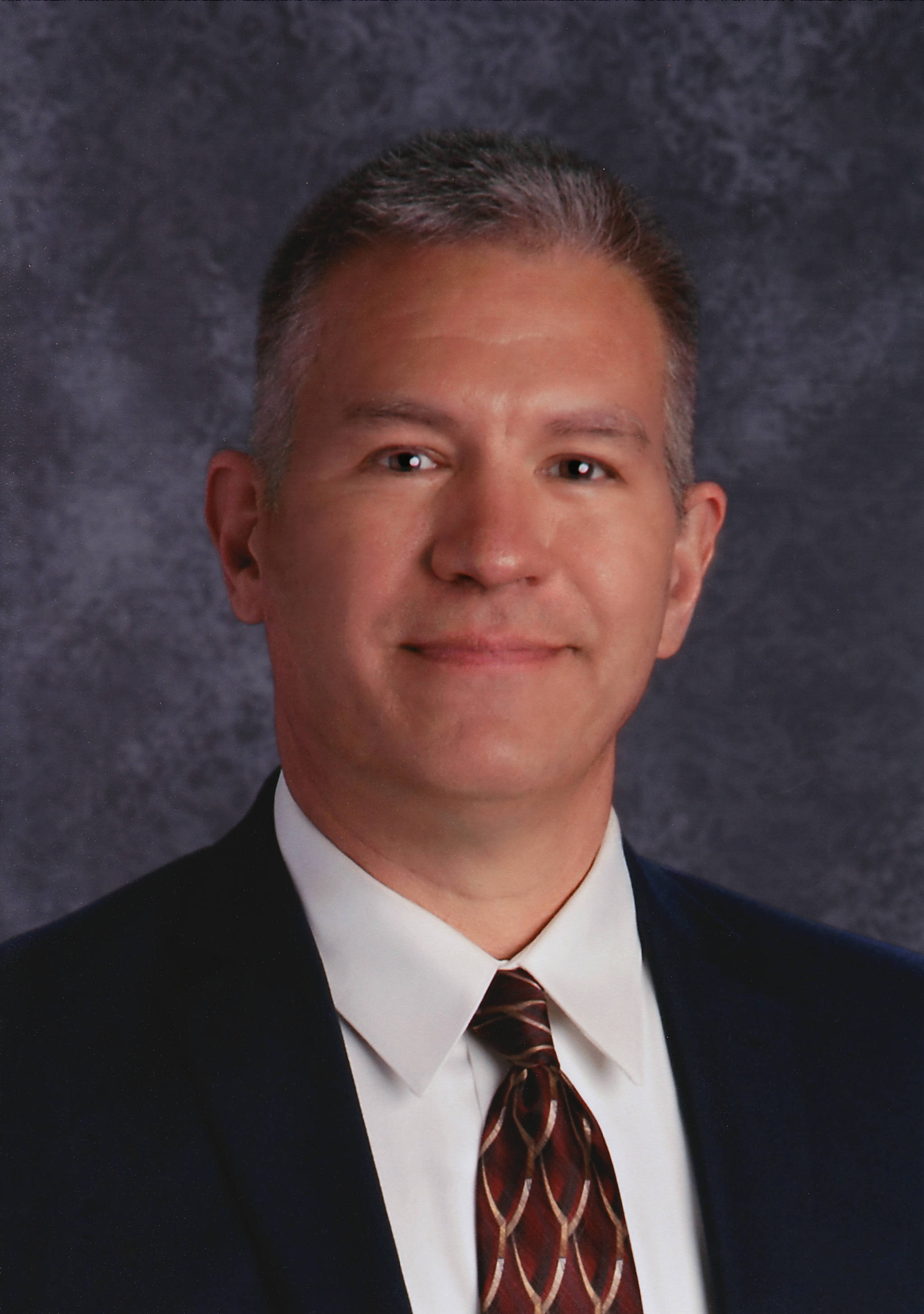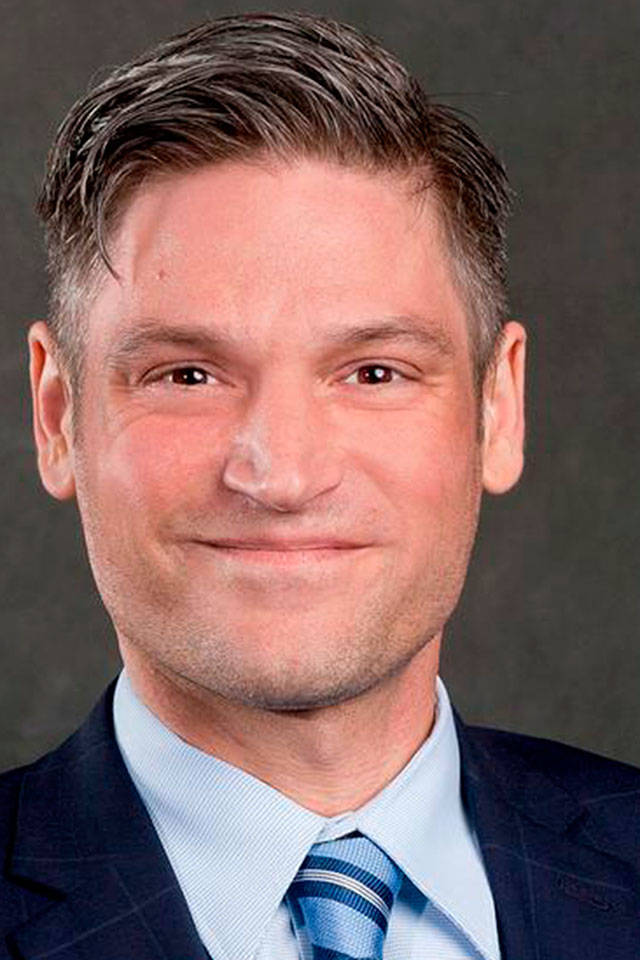Traditional school discipline generally assumes that for every offense there is a corresponding consequence, which penalizes the student for that offense. When we think about the purpose of education – to learn – students have to be in school in order to learn.
How are the consequences really teaching a student corrective behavior? By following traditional school discipline models, the student could receive a short- or long-term suspension, or expulsion. When a student gets into a fight, for example, the student is most often suspended or excluded from school. If that happens, the student is not learning. That deters from the primary premise of education. Some might argue that the punishment is the learning. However, a day out of school during which learning is not happening and during which the student is hanging out, does not address the offense or the person or community offended. Those hurt feelings continue unresolved. Students respond to challenges with the skills they have and sometimes those skills are not sufficient to handle the challenge, creating an event where students are traditionally disciplined. To keep these events from repeating, teaching the missing skills empowers students to handle those challenges when they arise again and keeps students from receivinga suspension or consequence resulting from traditional discipline.
Students who are suspended are more likely to be suspended again. Searching the phrase on the internet “Why School Suspensions Don’t Work,” results in almost three million results. Traditional school discipline has been structured to follow state and federal laws. In June 2016, a new state law regarding school discipline came into effect addressing disproportionality in school discipline. This new law: •Prohibits long-term suspension or expulsion as a form of discretionary discipline, limits all suspension or expulsion to the length of an academic term, and requires a reengagement meeting that includes the student’s family.
•Prohibits districts from suspending the provision of educational services as a form of discretionary action.
Keeping students in school and continuing educational services for excluded students is the trend in education and the law, so students continue learning and staying on track to graduate to become productive citizens. This requires a major shift away from traditional school discipline models. One proven way to approach school discipline is through Restorative Justice practices. Restorative Justice structures and protocols include using circles and giving all an opportunity to express their own truths and to actively listen from the heart. These practices can be used to create a greater sense of community and to build closer relationships. These practices enhance a school culture promoting balance and restoration of community. 1. Restorative practices focus on relationships first and rules second. Staff and students work together in a helpful and nonjudgmental way. 2. Adults and students work to understand the impact of actions on others through collaborative problem-solving and an enhanced sense of personal responsibility. 3. Fair processes that allow everyone to learn from any harm that may have been done. Everyone has a voice. 4. Responses to difficult behavior have positive outcomes for everyone. Strategic plans for restoration and/or reparation are mutually agreed on. This quote by Amos Clifford, founder and director of the Center for Restorative Process, sums it up: “Restorative practices cultivate a culture in which everyone feels like they belong. They build a particular sense of community in which every member – students, teacher, parent, volunteers, aides – feel that they are seen, heard and respected.”
Will Nelson is the principal at Weston High School. An Arlington Public Schools column runs monthly.








